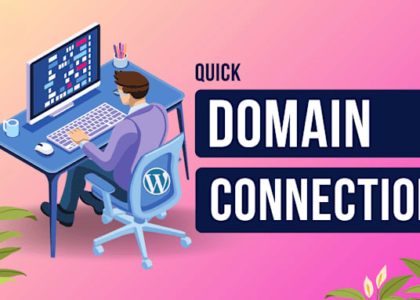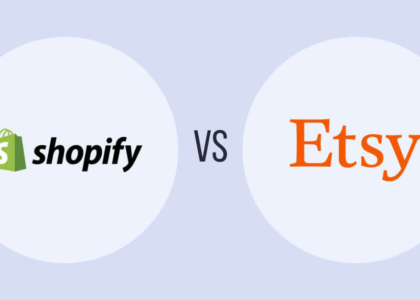Written by Fast Solutions Developer
In the ever-evolving world of eCommerce, staying ahead of the curve is essential for any business looking to thrive. Shopify, one of the leading eCommerce platforms, has recently launched Shopify 2.0, a significant upgrade from its predecessor, Shopify 1.0. This blog will explore the key benefits of Shopify 2.0 over Shopify 1.0 and why you should consider making the switch.
1. Enhanced Theme Architecture
Shopify 1.0:
- The themes were somewhat rigid and lacked flexibility.
- Customizing required a fair bit of coding knowledge.
Shopify 2.0:
- Say hello to a new, more flexible theme architecture.
- Now, you can add sections to every page, not just the homepage.
- Easily add, remove, and rearrange sections without touching the code.
Benefit: Shopify 2.0 makes it super easy for anyone to create dynamic and personalized storefronts without needing a developer for basic tweaks.
2. Improved App Integration
Shopify 1.0:
- Integrating apps could be a bit of a headache and sometimes slowed things down.
- Limited support for custom app development.
Shopify 2.0:
- The integration process is now more seamless and efficient.
- Enhanced APIs offer more flexibility for custom app development.
- New app blocks let you add app functionalities directly into the theme editor.
Benefit: You can now integrate and utilize apps more efficiently, enhancing your store’s functionality without any performance issues.
3. Metafields and Custom Content
Shopify 1.0:
- Managing metafields was tricky and often required third-party apps.
- Adding custom content to product pages was limited.
Shopify 2.0:
- Metafields are now managed directly within the Shopify admin.
- Easily add custom fields to products, collections, customers, and orders.
- Flexible content options for product pages enhance the overall shopping experience.
Benefit: You’ll have greater control over your product information and can create detailed and informative product pages, leading to higher customer engagement and conversions.
4. Speed and Performance
Shopify 1.0:
- Performance varied based on theme and app combinations.
- Limited options for optimizing site speed.
Shopify 2.0:
- Optimized for better performance out of the box.
- Improved codebase and infrastructure lead to faster load times and a smoother user experience.
- New tools and metrics to monitor and enhance site performance.
Benefit: A faster, more reliable store leads to better user experiences, higher search engine rankings, and increased sales.
5. Developer Experience
Shopify 1.0:
- Development processes were often time-consuming and complex.
- Limited tools for streamlined development and testing.
Shopify 2.0:
- Introduces a more developer-friendly environment.
- New developer tools and a streamlined workflow for building and testing themes.
- Enhanced documentation and support for Liquid, Shopify’s templating language.
Benefit: Developers can work more efficiently, reducing development time and costs, allowing for faster implementation of new features and customizations.
Conclusion
Shopify 2.0 represents a significant leap forward from Shopify 1.0, offering enhanced flexibility, improved performance, and a better overall experience for both merchants and developers. By making the switch, you can take full advantage of these advancements to create more engaging, high-performing online stores.
At Fast Solutions Developer, we’re here to help you navigate these changes and get the most out of your Shopify store. If you’re considering upgrading to Shopify 2.0 or need assistance with your Shopify store, our team of experienced developers is ready to help. Contact us today to learn more!ere to help. Contact us today to learn more!





